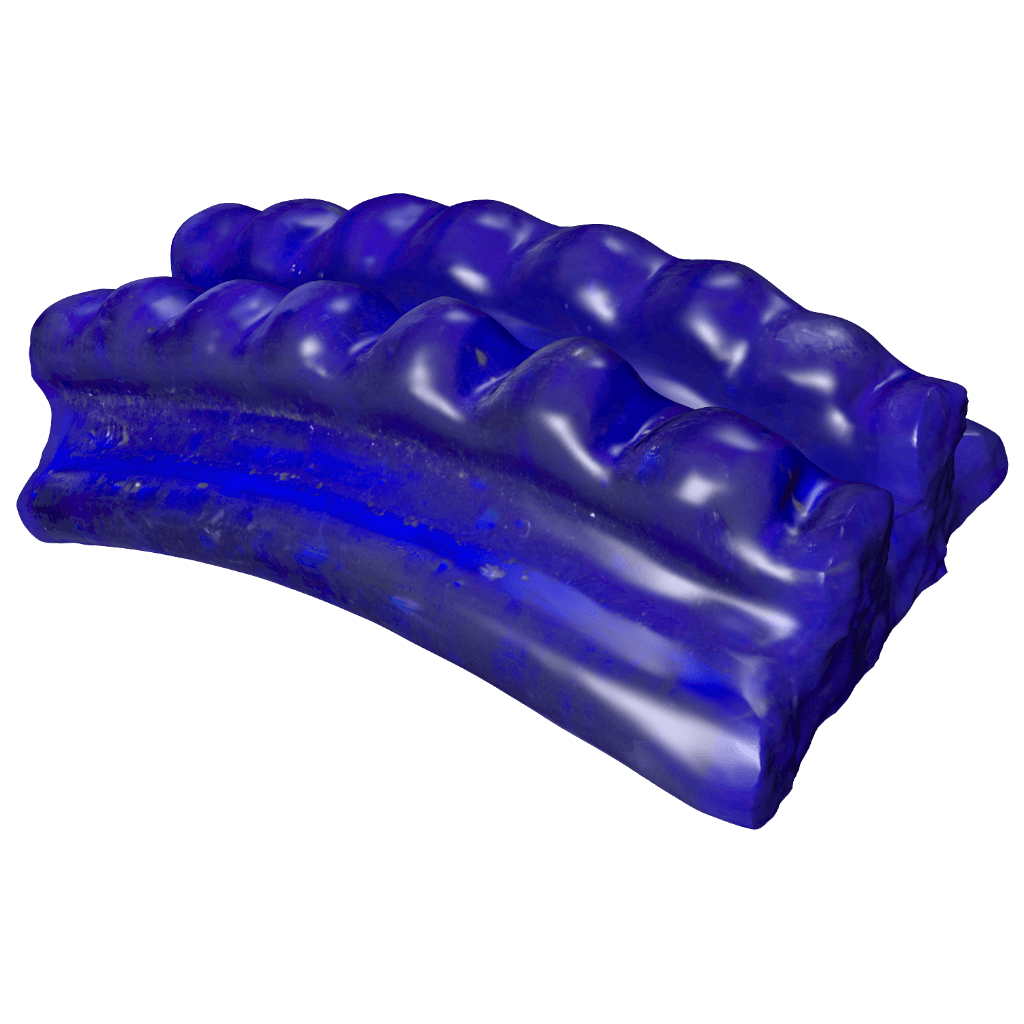
The fragment of a glass bracelet on display is made of semi-transparent, dark blue glass called cobalt glass. The surface of the bracelet is decorated with incisions forming a pattern in the form of two rows of small convex nodules. Glass items of this type were fashioned manually, probably using a so-called spit. A lump of viscous glass was attached to a metal rod, pierced through, and then heated. Next the spit was spun to make the glass take on a shape of a ring. Finally, the ornamental incisions were made.
The bracelet was discovered in the course of excavations conducted in nineteen seventy in the village of Cło, near Krakow. Jewellery of this type are the oldest ornaments of Celtic women inhabiting this area since the end of the third century before Christ. Similar ornaments are frequently found in Thuringia, Bavaria, Czech, and Moravia. It was probably from this latter region that they were brought to our lands.